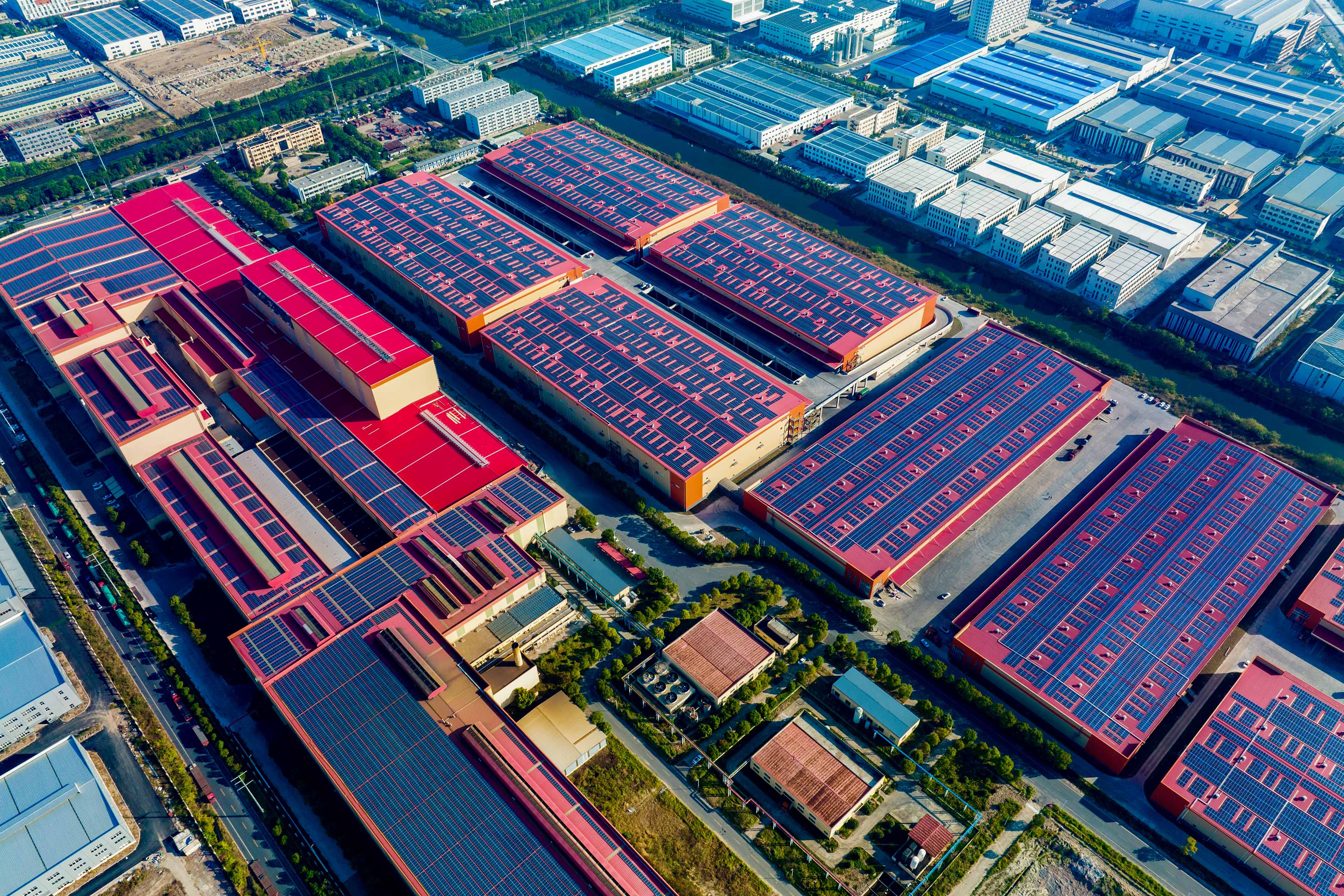With complex supply chain ecosystems, single-use philosophies are being replaced with digitally validated circular business models and deploying the right technology will enable supply chain executives to gain increased visibility and accurately measure their progress toward their climate goals. The increased focus on supply chain sustainability considerations will decrease material waste, improve efficiency, and reduce carbon footprint. Other benefits include lower inventory, working capital and operating costs, not to mention trailblazing these efforts will have the extra benefit of improving brand reputation and helping with talent attraction and retention efforts.
In a recent EY survey, nearly two-thirds of executives said they consider carbon emission data, both when purchasing or divesting assets or companies or making partner, vendor, or supplier decisions. With this in mind, few supply chain functions have the appropriate level of visibility, technology, or comprehensive programs in place to properly measure their progress. Because of this, sustainability is a major challenge for companies across the globe. It’s no longer a choice. Many countries are imposing regulations to attach taxes and fees to products produced with carbon-emitting processes. Further, many are in the process of requiring disclosures of sourcing information to align with their sustainability and labor requirements. Supply chain leaders need to work closely with their tax, finance, and legal departments to help mitigate risk and capitalize on potential tax credit opportunities. Leaders that realize tomorrow’s opportunities will take advantage of their digital investments and create a more responsive, sustainable and resilient function that results in competitive advantage.
5. Consider your workforce
Addressing industry talent shortages is an important step in the process. Many oil and gas professionals are taking early retirement, diversifying into renewables or alternative energies, or left the industry to other sectors during the last downturn. “When so many workers were forced out in 2020, valuable experience and wisdom was lost that enabled companies to safely and efficiently meet a variety of work challenges,” said Tim Haskell, EY US Oil & Gas Leader, People Advisory Services. “Talent attraction, recruiting, and retention is essential and requires organization-wide focus and commitment.”
Ninety-two percent of surveyed oil and gas companies recognize that the ability to reskill their workforce quickly is crucial to extract value from their digital investments, but effective adoption requires organization-wide behavior, mindset, and skill shifts. With current resource shortages and industry perception challenges impacting recruiting new talent, supply chain leaders need to invest in retaining their current workforce and focusing on reskilling and upskilling for future success. It’s important to accurately assess employees and their current skills and development potential, and therefore, a sense of how many workers need to be reskilled or upskilled and what skills gaps may still exist. Taking a human-centered approach is critical to operational success.
6. Capitalize on created value
Evolving into a better connected, more resilient, digitally enabled, and sustainable supply chain ultimately improves customer satisfaction. Happy customers lead to increased sales and higher profitability. However, once supply chain teams achieve prescribed operational metrics and cost efficiencies, the analysis historically stops, and companies often fail to continue to capture and capitalize on the value created by their enhanced supply chain functions.
By collaborating with tax, new supply chain value drivers can be viewed as profit centers rather than cost centers. Companies can design operating models to better preserve profits via appropriate income tax planning and intercompany pricing policies and procedures and help reduce friction caused by delayed cash flow from transactional taxes (e.g., VAT). Conversely, designing an enhanced supply chain without peeking through the tax lens may actually cause harm. If designed incorrectly, new profits could actually increase income tax or transactional tax costs. How a company decides to allocate or charge costs for enhanced or specialized services (like data analytics, smart systems, resilience, and sustainability management) should be analyzed through a tax lens to help make smarter decisions.
Executives are concerned about financial and operational risk, profitability, and cash flow. Designing and analyzing an operating model that includes tax is imperative for the supply chain function to respond to all three of those concerns. Achieving metrics and efficiencies is only part of the success story; with the help of their tax and finance colleagues, companies can fully capture financial benefits too.






